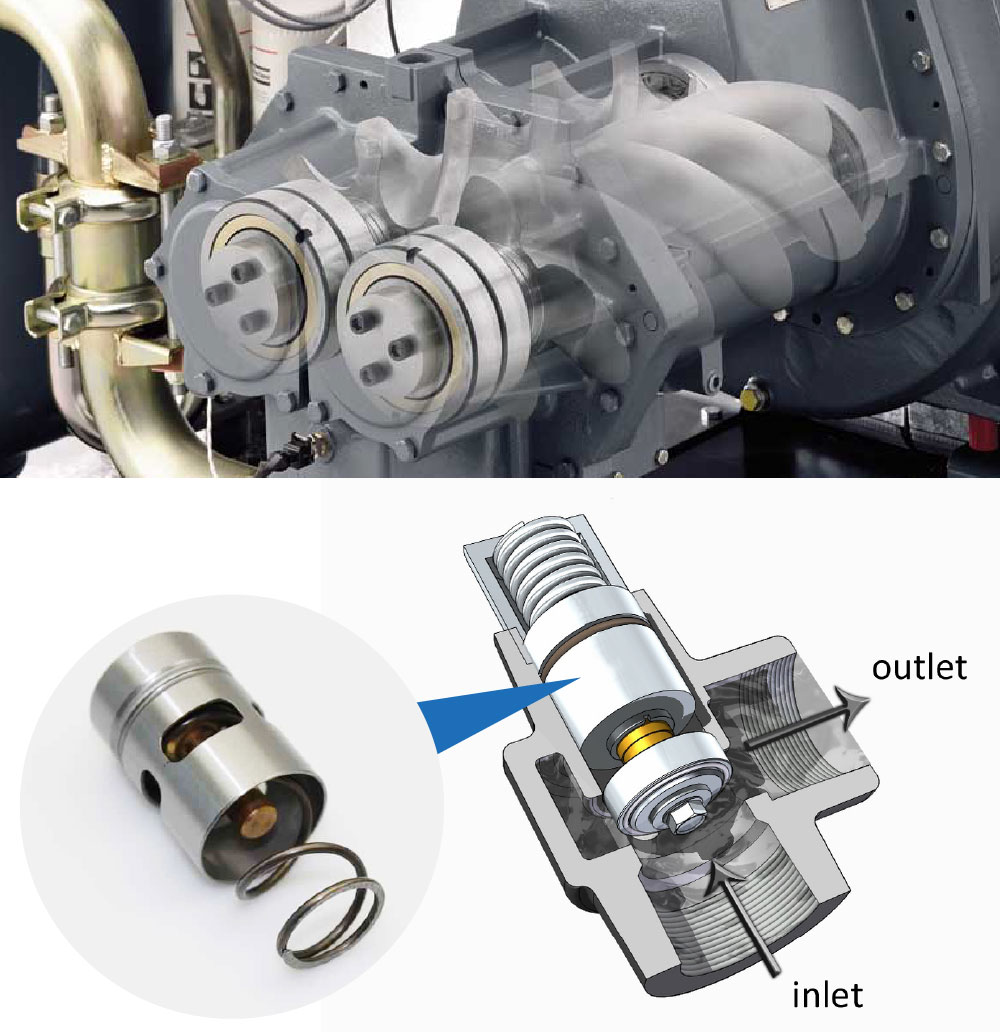With the rapid development of human society, human demand for non-renewable energy is increasing day by day, which not only makes the earth’s few remaining energy facing exhaustion, but also causes various environmental problems that people are tired of coping with.
Solar energy is a very ideal clean energy. With the outbreak of various energy problems, the use and popularization of solar energy has attracted more and more attention. AT89C51 is a high performance, low voltage 8-bit microprocessor with 4KB flash memory. AT89C51 MCU provides the following standard functions: 4K-byte Flash flash memory, 32 I/O ports, 128-byte internal RAM, two-stage interrupt structure, clock circuit and on-chip oscillation, and a full-duplex serial communication interface. AT89C51 can realize most of the control and function, and complete the intelligent and automatic control of solar street lamp. In the design circuit of current over-charge and over-discharge, relay is used to complete the charging protection of the circuit.

If the battery voltage is lower than the setting value, the battery is considered to be in the over-discharge state. At this time, it is necessary to stop the power supply and play the role of over-discharge protection; if the battery voltage is higher than the setting value, it is considered that the battery is in the over-charge state, and it is necessary to stop charging at this time. Electricity plays the role of overcharge protection. When considering the selection of battery capacitors, the following principles should be followed: on the premise of satisfying night lighting, the battery should store as much energy as possible absorbed by solar cells during the day, and there should also be enough electricity to provide the energy needed for night lighting in continuous rainy and rainy weather.
If the capacity of the battery is too small, it will not be able to meet the needs of night lighting. If the capacity of the battery is too large, it will keep the battery in a state of power shortage and greatly reduce the life of the battery. Common lead-acid batteries are gradually replaced by colloidal batteries because of their complicated maintenance, short service life and weak automatic recovery ability. Colloidal batteries have many advantages, such as long service life, strong rechargeability, strong anti-interference, low internal resistance, low self-discharge, non-stratification of electrolyte, resistance to high temperature and low temperature, and so on. Light-emitting diode (LED), short for LED, has the advantages of high light efficiency, low working voltage, long life and no need of inverters. In order to optimize the performance of the system, LED is used as a light source. In fact, a solar panel is a large area of p-n junction, in which a large number of electronic hole pairs are generated by absorbing the energy of sunlight. The electronicity of electrons and holes is opposite. The former is negatively charged, and the latter is positively charged. Under the action of the electrostatic field in the semiconductor p-n, the two carriers with different electrodes are separated, and a large number of holes stimulated by sunlight are gathered in the p-region, and a large number of electrons stimulated by solar energy are gathered in the n-region, so the P-region has positive charge while the N-region has negative charge. Thus, the electromotive force generated by solar excitation is generated on both sides of the p-n junction, i.e. solar cells.

Electrons and holes gather toward the positive and negative electrodes of the solar cell respectively. When the solar cell is connected to the load, there will be current flowing through it, so there will be electric power output. Different installation angles, illumination intensity, surface temperature of photovoltaic panel and area of photovoltaic panel will affect the photovoltaic current. The power generation efficiency of solar cells is determined by the photogenerated current, so the proper installation angle of the photovoltaic cell module is very important. A slight deviation of the angle will reduce the photoelectric current a lot. The controller, like the brain in the human body, controls the activity of the whole system. The solar street lamp controller determines the quality of the whole design and the performance of the system. In addition to preventing the battery from overcharging, the controller also needs the functions of time control and light control in order to complete intelligent and automatic control, and to achieve normal lighting work in rainy and cloudy weather. Detecting the voltage of solar panels is the basic idea of the control module. During the day, the voltage of solar panels is high. At this time, the battery is charged, and the LED does not work. At night, the voltage of solar panels is low, the control circuit is turned on, and the LED is illuminated. At the same time, the controller also detects the voltage of the battery and judges the charging mode and the power supply mode of the load.

Overvoltage protection of load. Solar street lamp is undoubtedly an ideal lighting source, but in fact, many solar street lamp can not meet the needs of ordinary lighting, especially in continuous rainy weather.
Through the geographical location, we can know the sunshine situation, climate characteristics, average temperature of a region, so we can determine the azimuth angle, tilt angle and standard peak hours of solar panel installation. According to the night illumination time of the light source, the daily energy consumption of the load and the current required by the solar point battery are estimated. Through this parameter, thermostatic element the capacity of the battery and the power of the battery module needed to restore the capacity of the battery after sunshine are estimated. Suppose you need to install some solar street lamps. The power of the LED light source is 9W, and the lighting time is 11 hours a day. The maximum continuous rainy and rainy days that can maintain the lighting work are 7 days. In this area, the longitude of the East is 114 degrees, the latitude of the north is 23 degrees, the annual average solar radiation is 3.82 KW.h/m2, the annual average monthly temperature is 20 degrees, and the interval between two successive rainy days is 25 days. Based on the above data, the installation inclination angle of solar cell module is calculated to be 26 degrees, and the hours of standard peak illumination are about 4 hours.

Among them, U is the nominal voltage value of the battery. Among them, 1.05 is the comprehensive loss coefficient of solar energy during charging, h is the standard peak hours of light, 0.85 is the charging efficiency of batteries, and 0.9 is the efficiency of controllers. Among them, 0.75 is the discharge depth of the battery and 1.2 is the safety factor of the battery. Among them, 0.75 is the discharge depth of the battery. Among them, 18 is the working voltage of solar cells. The purpose of this paper is to realize the control of solar street lamp by using single-chip computer. The experimental scheme, theoretical research and theoretical calculation are introduced. These studies can lay a foundation for the design of solar street lamp controller based on single-chip computer.
